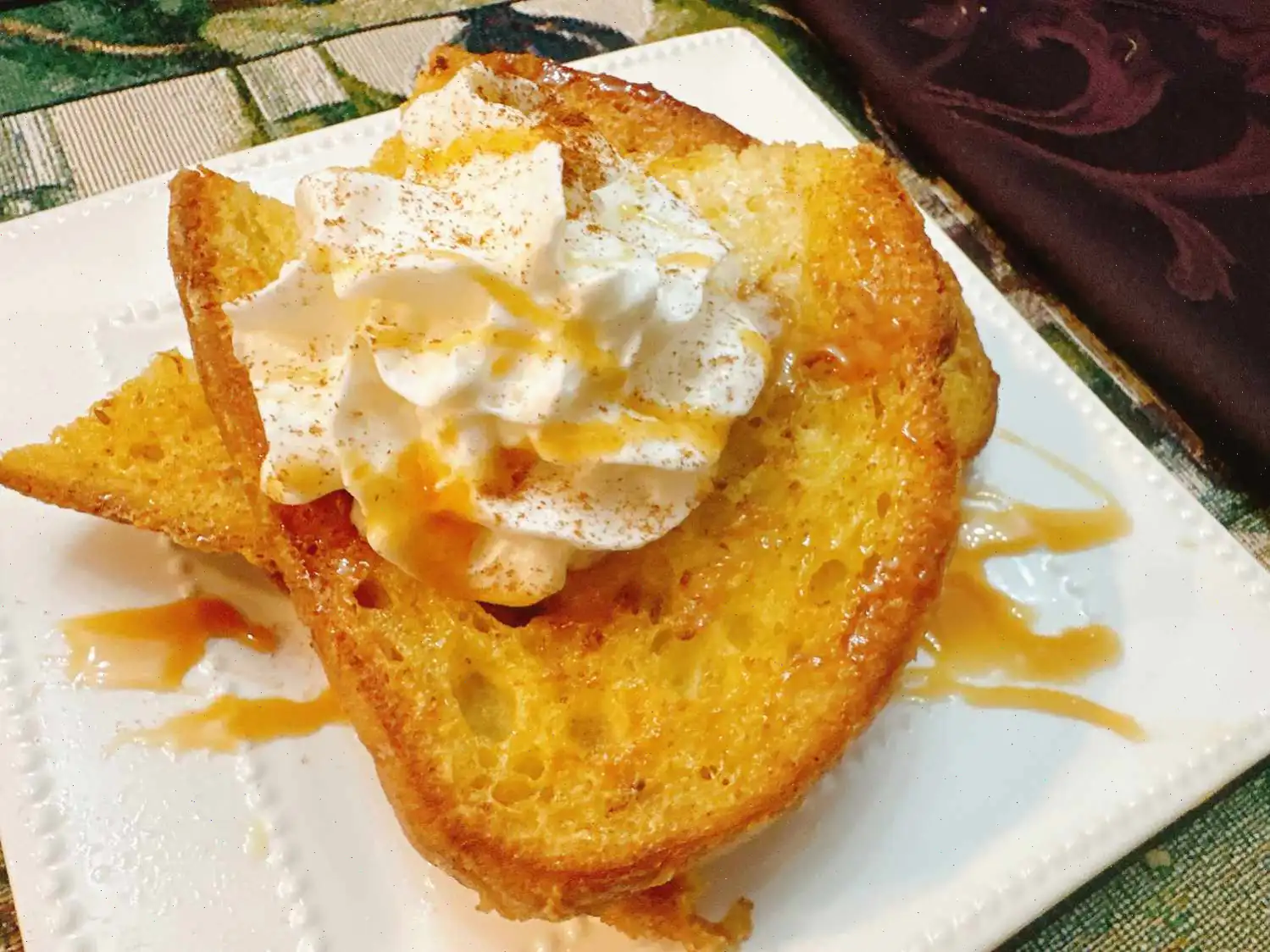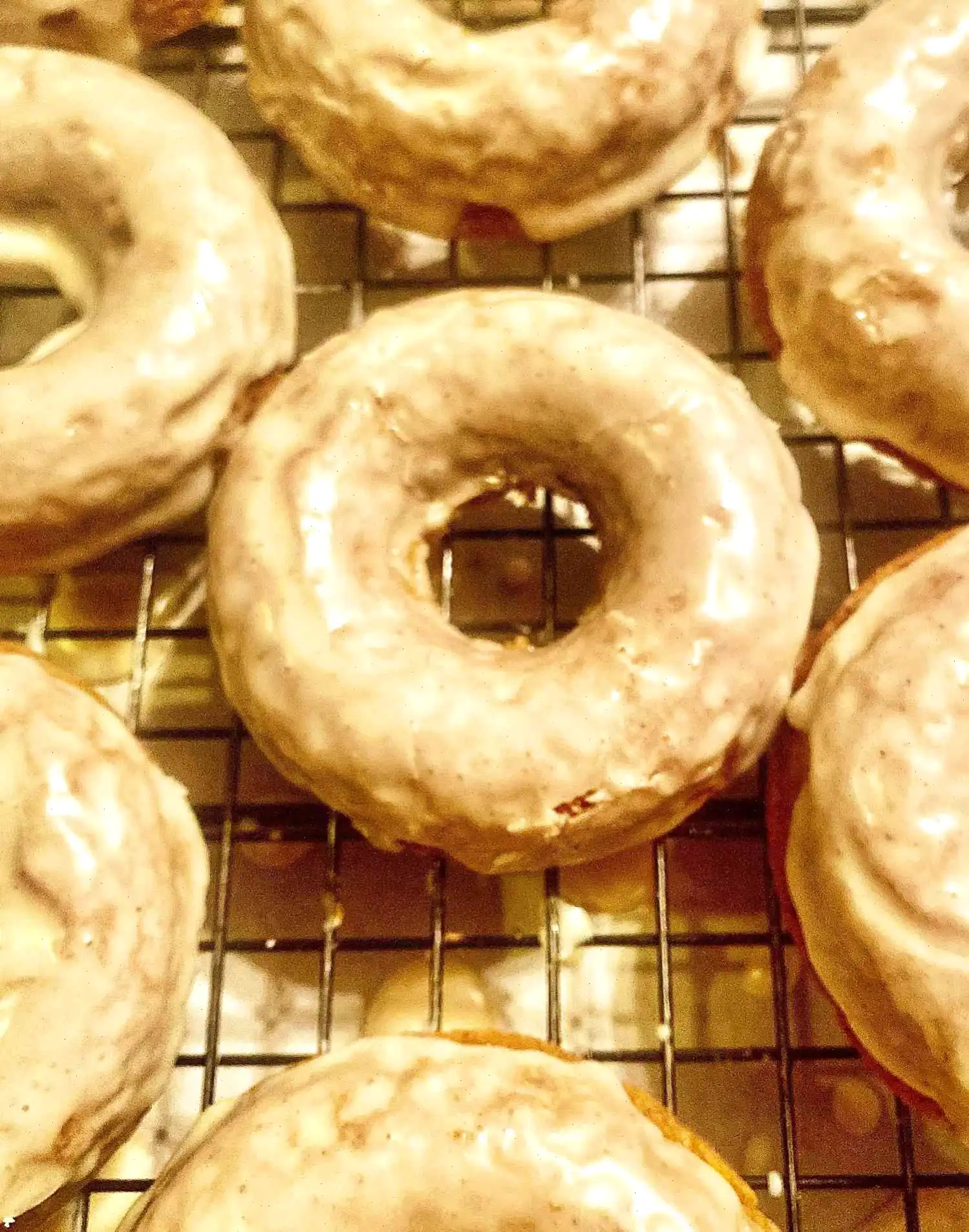
Matcha Frappe Recipe
Matcha Almond Milk Smoothie
This refreshing matcha almond milk smoothie is the perfect combination of creamy, sweet, and energizing. Its quick to make and a great pick-me-up for any time of day. Follow the steps below to prepare this smooth, frothy treat.
Ingredients
- 1 1/2 cups Almond Breeze Original Almondmilk
- 1 tablespoon Almond Breeze Sweet Crme Almondmilk Creamer
- 2 teaspoons matcha powder
- 2 tablespoons vanilla syrup
- 2 cups ice cubes
Directions
Step 1: In a blender, add 2 teaspoons of matcha powder and 2 tablespoons of vanilla syrup.
Step 2: Pour in 1 1/2 cups of Almond Breeze Original Almondmilk, followed by 1 tablespoon of Almond Breeze Sweet Crme Almondmilk Creamer.
Step 3: Add 2 cups of ice cubes to the blender.
Step 4: Blend the mixture until smooth and frothy, ensuring all ingredients are fully combined.
Step 5: Pour into glasses and enjoy immediately for a creamy, energizing treat!
Matcha frappe is a modern and trendy twist on traditional matcha tea. This vibrant green beverage is a delicious and refreshing way to enjoy the health benefits of matcha in a cold, smoothie-like form. Whether you're looking to boost your energy or indulge in a sweet treat, the Matcha Frappe is a perfect balance of flavors and textures.
History and Origins of Matcha
Matcha has a deep-rooted history in Japanese culture. It has been consumed for centuries in Japan as part of traditional tea ceremonies, where powdered green tea is whisked into hot water and served with care and precision. The origins of matcha can be traced back to the Tang Dynasty in China, where powdered green tea was first developed. It was later brought to Japan by Buddhist monks in the 12th century. Over time, matcha became an essential part of Japanese culture and is now recognized worldwide for its unique flavor and health benefits.
Regional Variations of Matcha Frappe
The Matcha Frappe is a popular beverage in the United States and other Western countries, where it is often served in cafes and restaurants, particularly in large urban centers. While the traditional matcha tea is typically served hot, the frappe version is a cold, blended treat that is especially popular in the warmer months. Variations of the Matcha Frappe can include different types of milk, such as almond, soy, or oat, to cater to various dietary preferences. Some versions may also be topped with whipped cream or drizzled with additional syrups for extra sweetness.
How Does Matcha Frappe Differ from Similar Drinks?
The Matcha Frappe stands out from other iced beverages like the classic frappuccino, primarily because of its base ingredientmatcha. Matcha has a distinct, earthy flavor that is more intense than the usual coffee-based frappes. Additionally, matcha is packed with antioxidants and other health benefits, making it a popular choice for those seeking a healthier alternative to traditional sugary frappes or iced coffees. Unlike coffee frappes, which can sometimes have a bitter aftertaste, matcha frappes offer a smooth, creamy texture with a mild bitterness that complements the sweetness of added syrups.
Where is the Matcha Frappe Typically Served?
Matcha Frappe is commonly served in cafes, especially those with a focus on trendy, health-conscious beverages. Large coffeehouse chains like Starbucks have popularized the Matcha Frappe, often offering it as a seasonal special. It is also a favorite among health-conscious individuals who frequent juice bars or smoothie shops. In Japan, you may find a variation of matcha frappes in specialty cafes, often with a more authentic and traditional preparation, incorporating local ingredients such as sweet red bean paste or mochi for added texture.
Interesting Facts About Matcha
Did you know that matcha is made from high-quality green tea leaves that are grown in the shade for several weeks before harvest? This process increases the chlorophyll content, giving matcha its distinctive vibrant green color and enhancing its nutritional value. Matcha is rich in antioxidants called catechins, which are believed to help protect the body from free radical damage. Additionally, matcha contains L-theanine, an amino acid that promotes relaxation and focus, which is why many people enjoy it as a natural energy booster without the jitters associated with coffee.
Another fun fact is that matcha is used in a variety of other desserts, such as matcha cakes, cookies, and ice cream. It has become a beloved flavor in many culinary traditions outside Japan, especially in fusion cuisine, where its often paired with chocolate or other sweet flavors.








